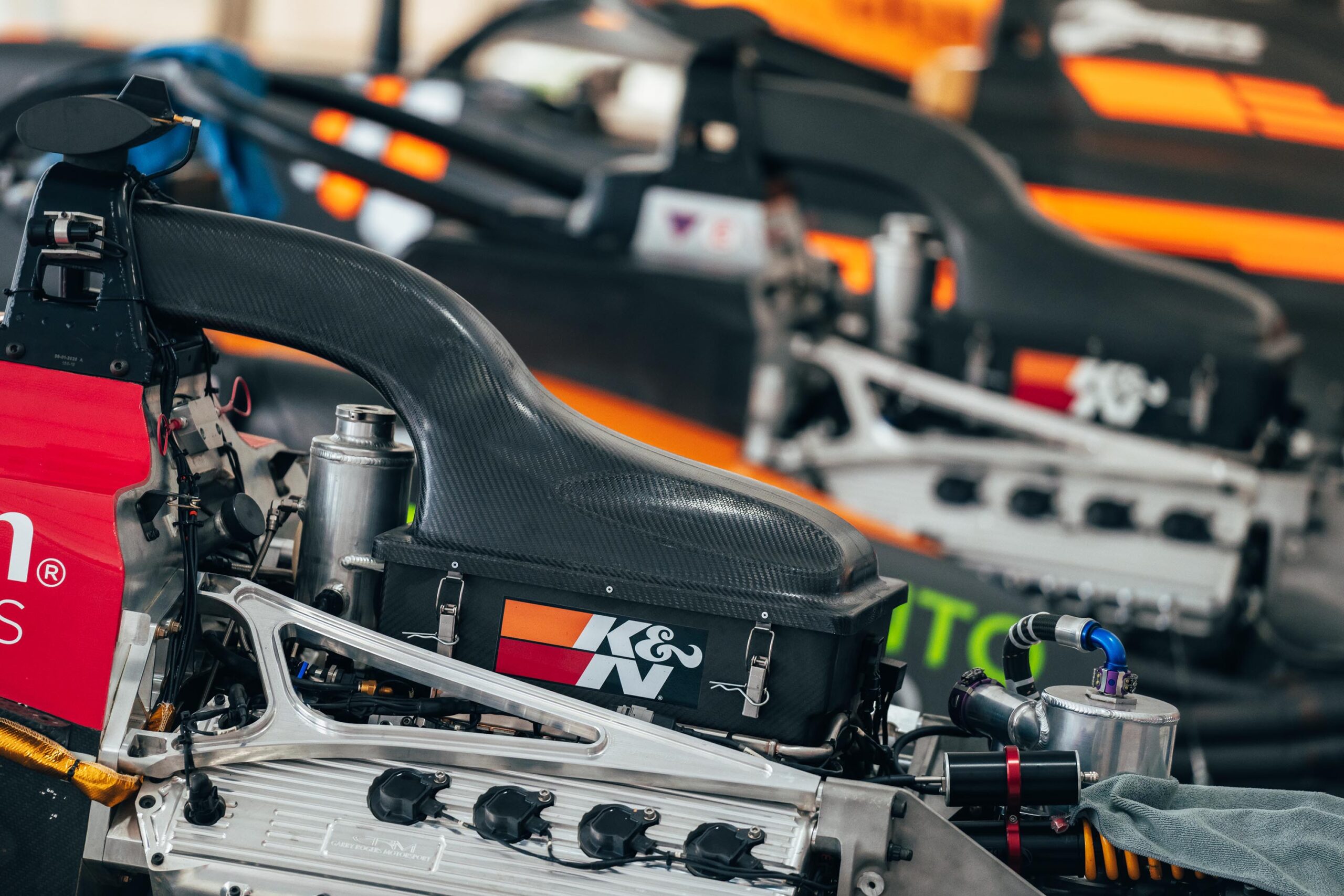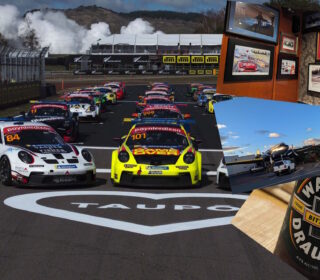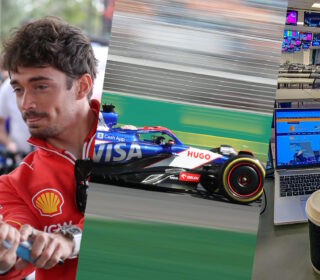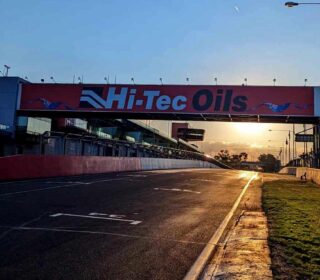Better to be turned down than turned off

QUITE RIGHTFULLY there’s a lot of chatter in the media and by fans about the fact that S5000 are being forced to turn down their cars to run at anything below an FIA grade two circuit.
It happened at Mount Panorama last year and it’s happening at the Adelaide 500 next week too.
There’s a few things to take into account with this particular scenario.
The first is that this has only come into account because Australia hasn’t had a domestic category with the power-to-weight ratio of S5000 in years.
It has obviously opened some eyes to the current status of circuits in Australia and what cars actually compete on them.
The second is that while this is something new for the sport to navigate locally, it’s not news elsewhere.
Around the world it’s commonplace for series’ to adjust the engine performance of their cars to suit the tracks they race on, circuit to circuit, event to event.
In IndyCar racing’s showpiece Indianapolis 500, the 700-horsepower Honda and Chevrolet power units are turned right down for racing on the Superspeedway – producing less than 600hp in race trim to manage speeds for practice and the greatest spectacle in racing itself.
Managed by adjusting the turbo boost on the twin-turbo V6s, only for the three days of pole qualifying do they get to run something closer to the series’ road course turbo boost allowances which allows speeds to push towards the high 230mph range we saw this year.
Anyone who’s seen an Indy 500 lately will be hard pressed to argue it diminishes the show.
Still in the United States, NASCAR has been managing the engine performance on their cars for a lot longer than IndyCar, with the somewhat more low-tech Restrictor plate slowing cars on the flat-out Superspeedways from 1998.
Literally a plate that bolted between the Carburettor (remember those?) and the engine intake, it restricted airflow and sucked power from the big 358-cubic inch V8s, slowing them to slightly more reasonable speeds on the big 2.5 mile ovals.
The system was phased out in 2015 when they shifted to a ‘Tapered Spacer’, which achieves much the same result, if not a reduction in the traditional plate race ‘big one’ style shunts.
The fact the S5000 powertrain has the ability to be modulated so it can be adapted to run at a performance level suitable for Grade 3 circuits is a testament to the engineering that has gone into the package as a whole.
The power reduction is managed via the vehicle’s drive-by-wire throttle, itself controlled by the cars electronic brain to vary the amount of throttle used.
In this instance, the amount of throttle opening tapers off the further up into the rev range the engine gets – so even though the driver might have his foot planted hard into the throttle stop, the ECU will restrict the total amount of throttle opening occurring just behind the drivers head.
It’s a smart system and at the Adelaide 500 is unlikely to have any real effect on the visceral nature of the cars, the spectacle and probably not much of the performance either.
The only real effects will likely be seen on the long run up towards Turn Eight – the whole reason Adelaide is FIA Grade 3 – and the next run down the Brabham Straight to the hairpin.
While the cars will get to full throttle elsewhere, the terminal speeds won’t be as high as to have a notable impact on the vehicle performance.
So while it is news that the cars have to be wound down, keep in mind the fact that firstly, this isn’t unique and perhaps most of all the fact that if the package wasn’t adaptable enough to be so tuneable, the cars wouldn’t be racing at all
And that would be worse than merely missing a few horses.
– Lead Image; Daniel Kalisz / S5000
– Richard Craill is the Series Commentator for S5000 and a hopeless open wheel tragic.














